How to Do Reversed Crunch
The reversed crunch is an effective core exercise that targets the lower abdominal muscles. It involves lifting your hips off the ground while keeping your upper body stable, providing a great workout for your abs.
Step By Step Guide to Properly Execute Reversed Crunch
- Starting Position
- Lie flat on your back with your arms at your sides. Bend your knees at a 90-degree angle and lift your feet off the ground, keeping them together.
- Execution
- Engage your core and lift your hips off the ground, curling your knees towards your chest. Keep your movements controlled and avoid using momentum.
- Top Position
- At the peak of the movement, your knees should be close to your chest, and your hips should be slightly off the ground. Hold this position briefly while maintaining tension in your abs.
- Lowering Phase
- Slowly lower your hips back to the starting position, keeping your core engaged and your feet off the ground. Avoid letting your lower back arch.
Benefits of Reversed Crunch
- Strengthens the lower abdominal muscles.
- Improves core stability and control.
- Enhances overall abdominal definition.
Common Mistakes to Avoid
- Using momentum instead of controlled movements. Focus on engaging your core throughout the exercise.
- Allowing the lower back to arch. Keep your back flat against the ground during the lowering phase.
- Not lifting the hips high enough. Ensure your hips come off the ground to fully engage the lower abs.
Follow these steps and tips to master the Reversed Crunch with proper form and efficiency.
FAQ About Reversed Crunch
To do a reverse crunch, lie on your back with your hands by your sides. Bend your knees and lift your feet off the ground. Now, use your tummy muscles to pull your knees towards your chest. Slowly lower them back down, but don't let your feet touch the ground. Keep it slow and steady to really feel it in your lower abs.
When doing reverse crunches, don't pull your neck or head; let your tummy do the work. Keep your movements slow and controlled, not fast and jerky. Also, make sure your lower back stays on the floor to avoid hurting it. Remember, it's about using your tummy muscles, not swinging your legs!
Adding reverse crunches to your workout routine strengthens your core, particularly targeting the lower abs. They help improve posture, enhance balance, and reduce the risk of back pain by stabilizing your spine. Additionally, reverse crunches can increase overall core endurance, aiding in better performance in other exercises and daily activities.
Reverse crunches can be done 3-5 times per week for the best results, depending on your core recovery and overall training load. For strength and muscle growth, aim for 3-4 sets of 12-20 reps with controlled movement. If you're focusing on endurance, higher reps or adding holds at the top can help. Avoid daily training if your core feels overly fatigued—recovery is key for progress.



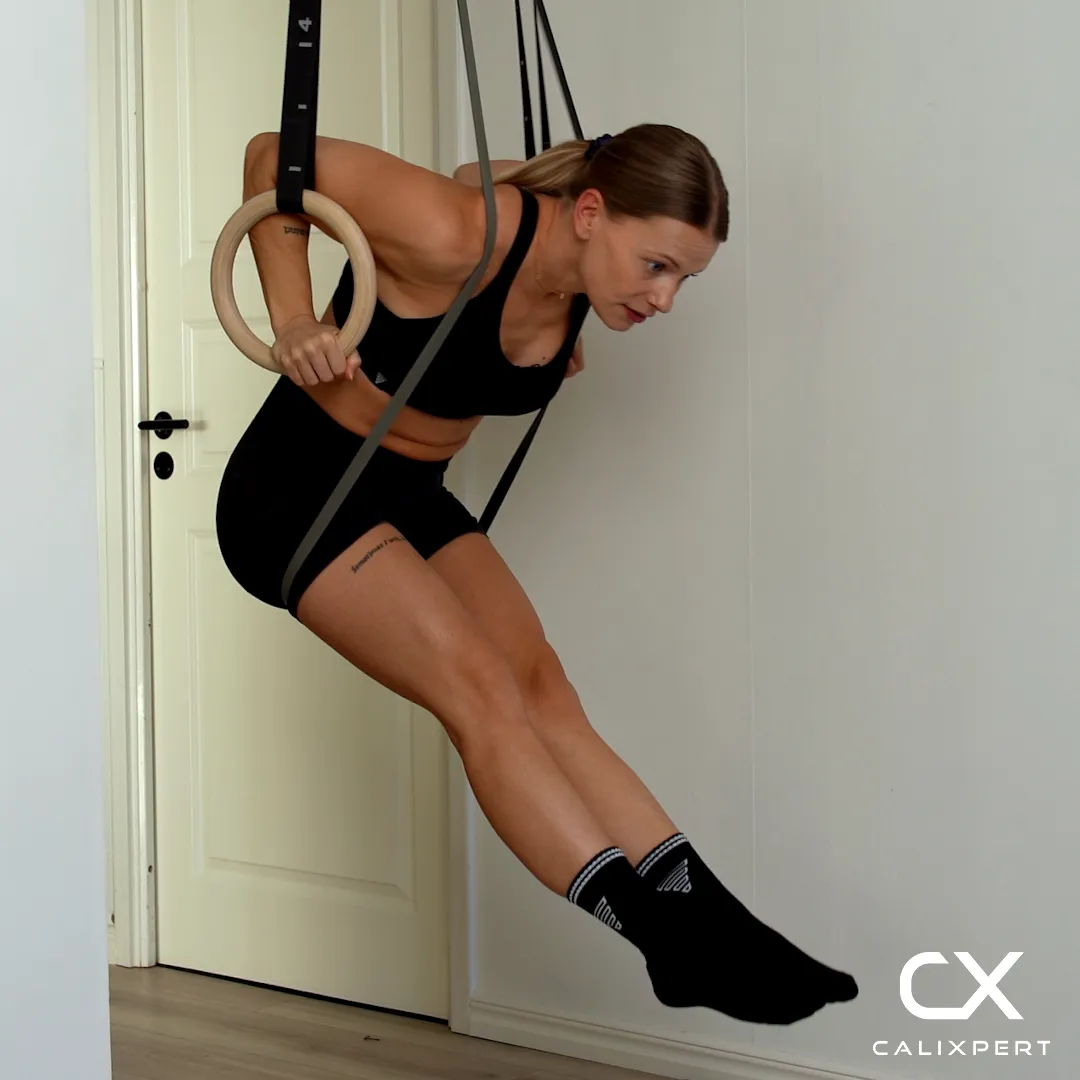
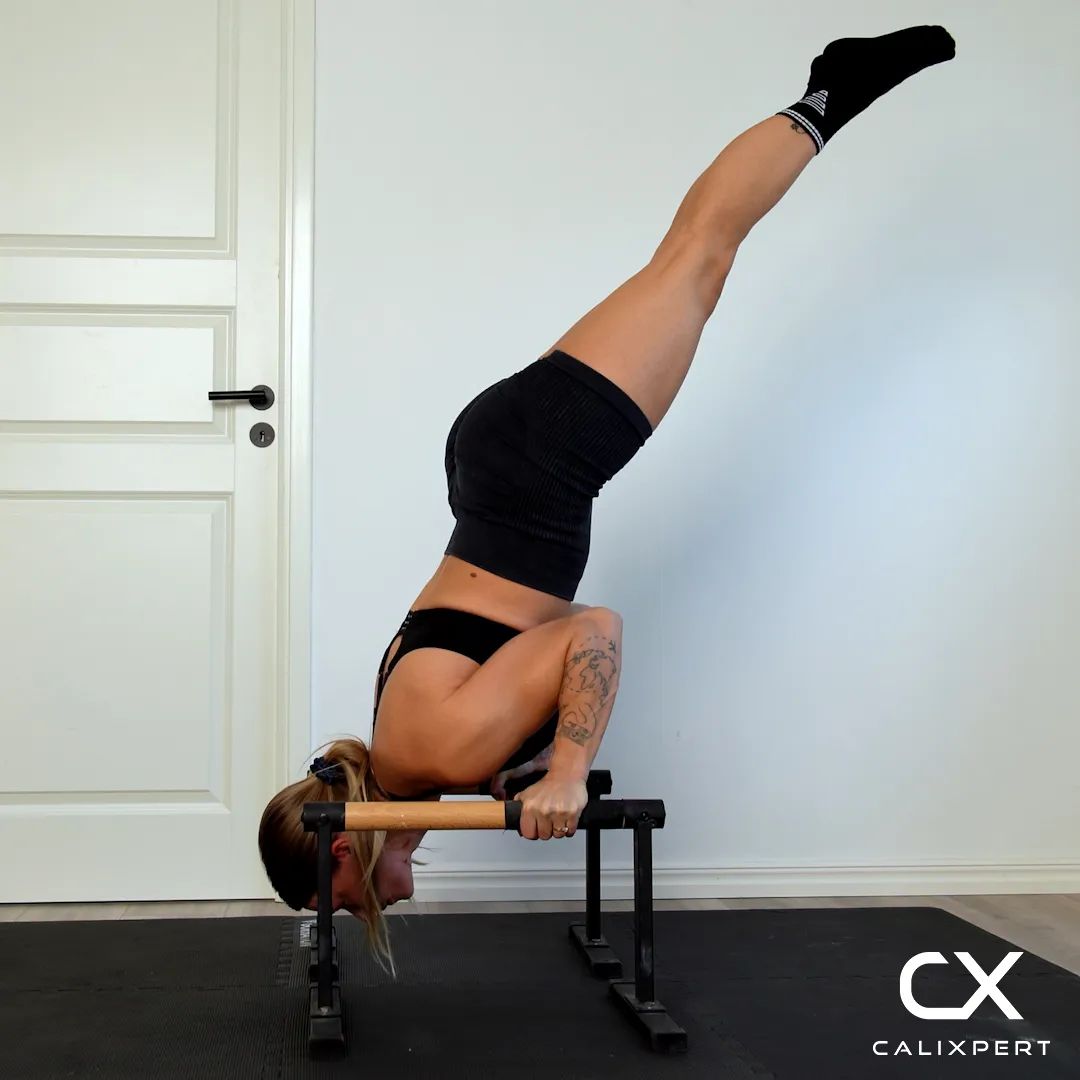
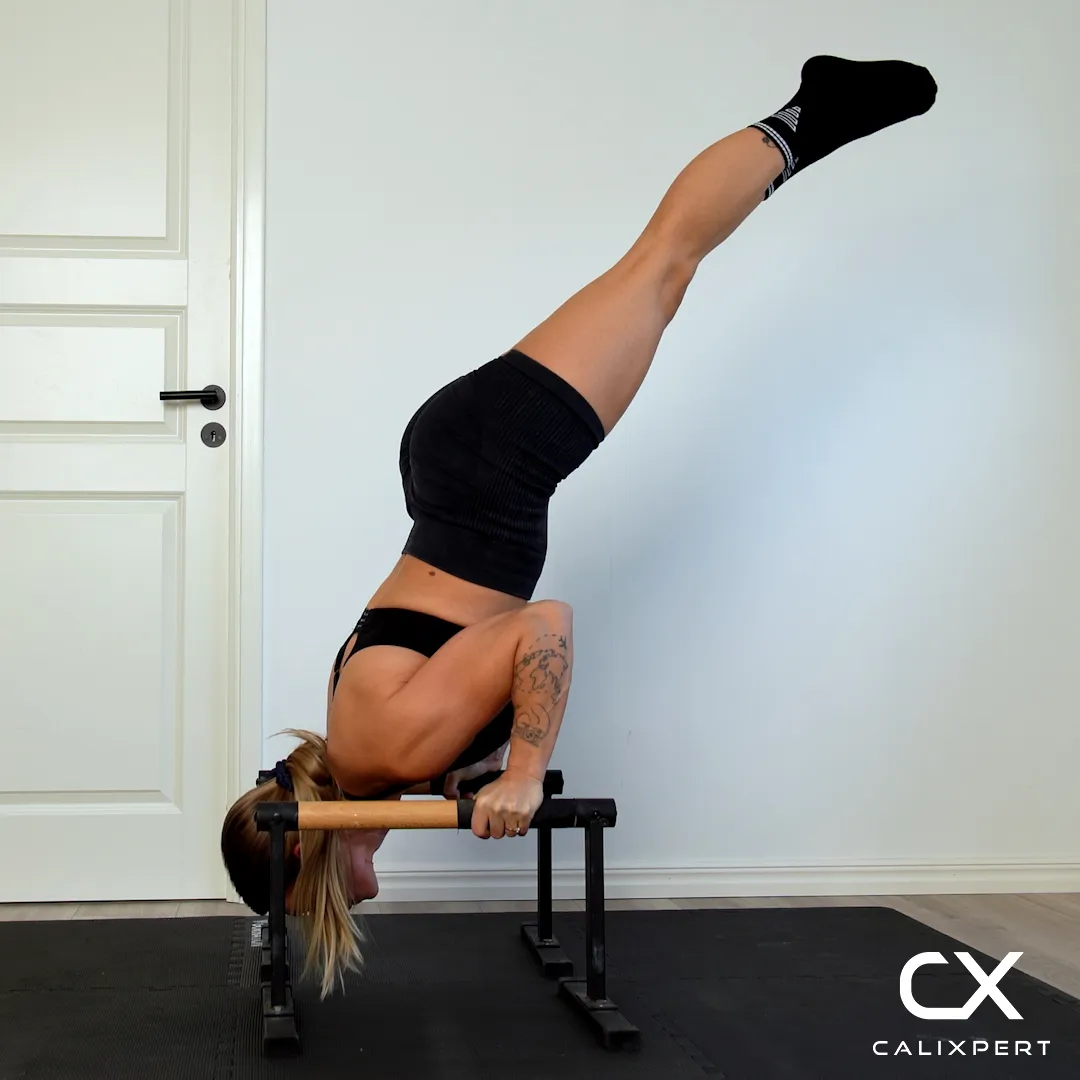
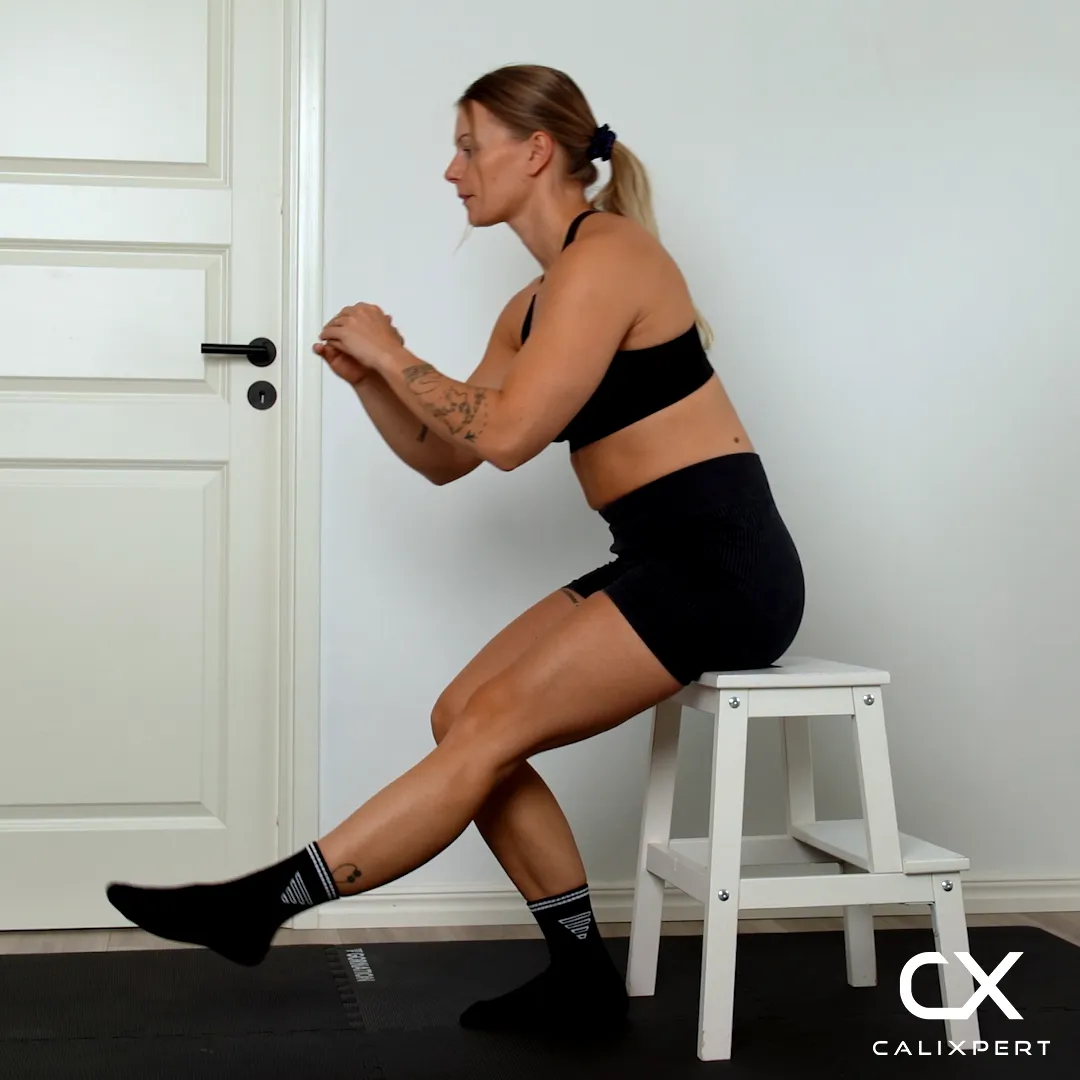
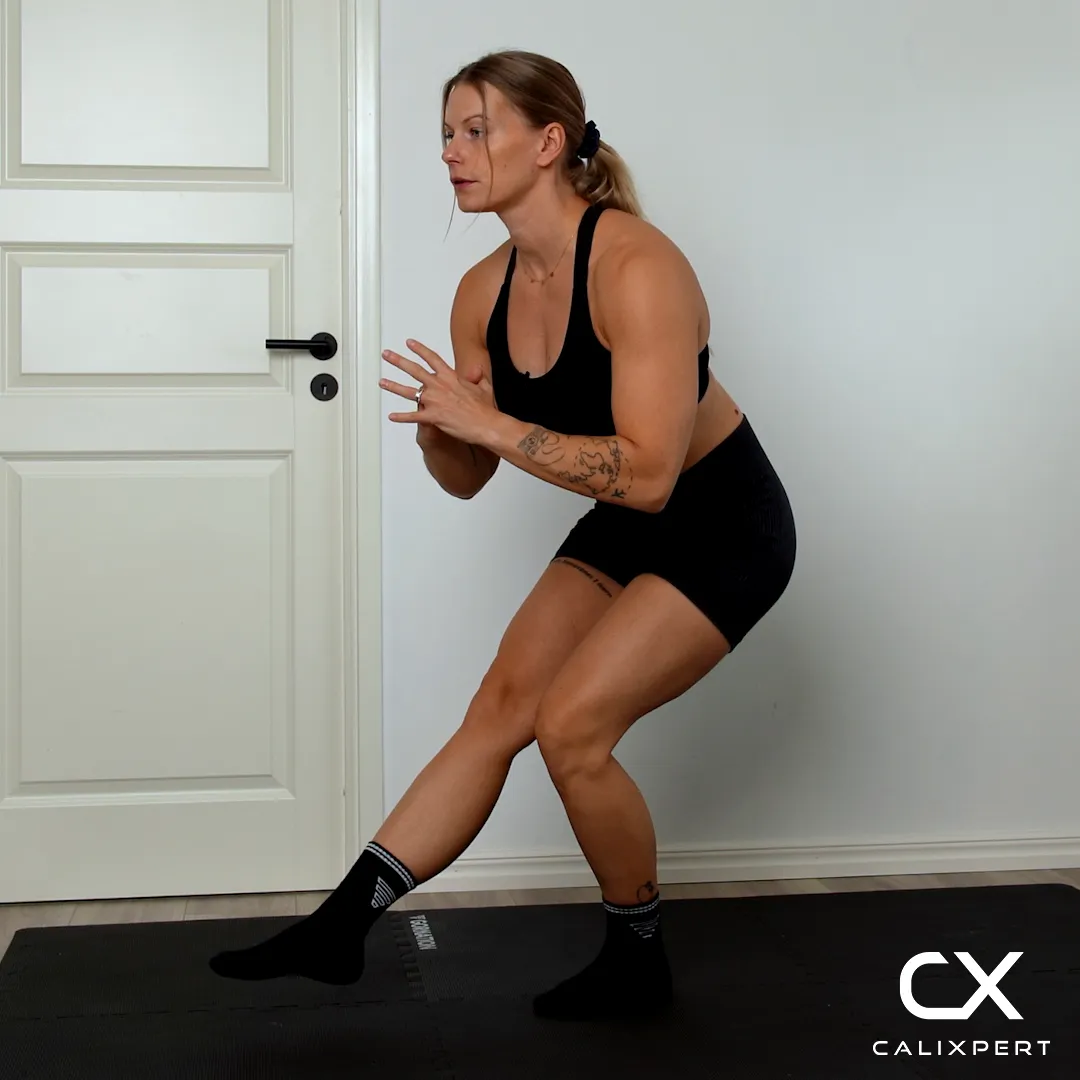
.webp)
.webp)
.webp)
.webp)
.webp)
.webp)
.webp)
.webp)
.webp)
.webp)
.webp)
.webp)

.webp)
.webp)
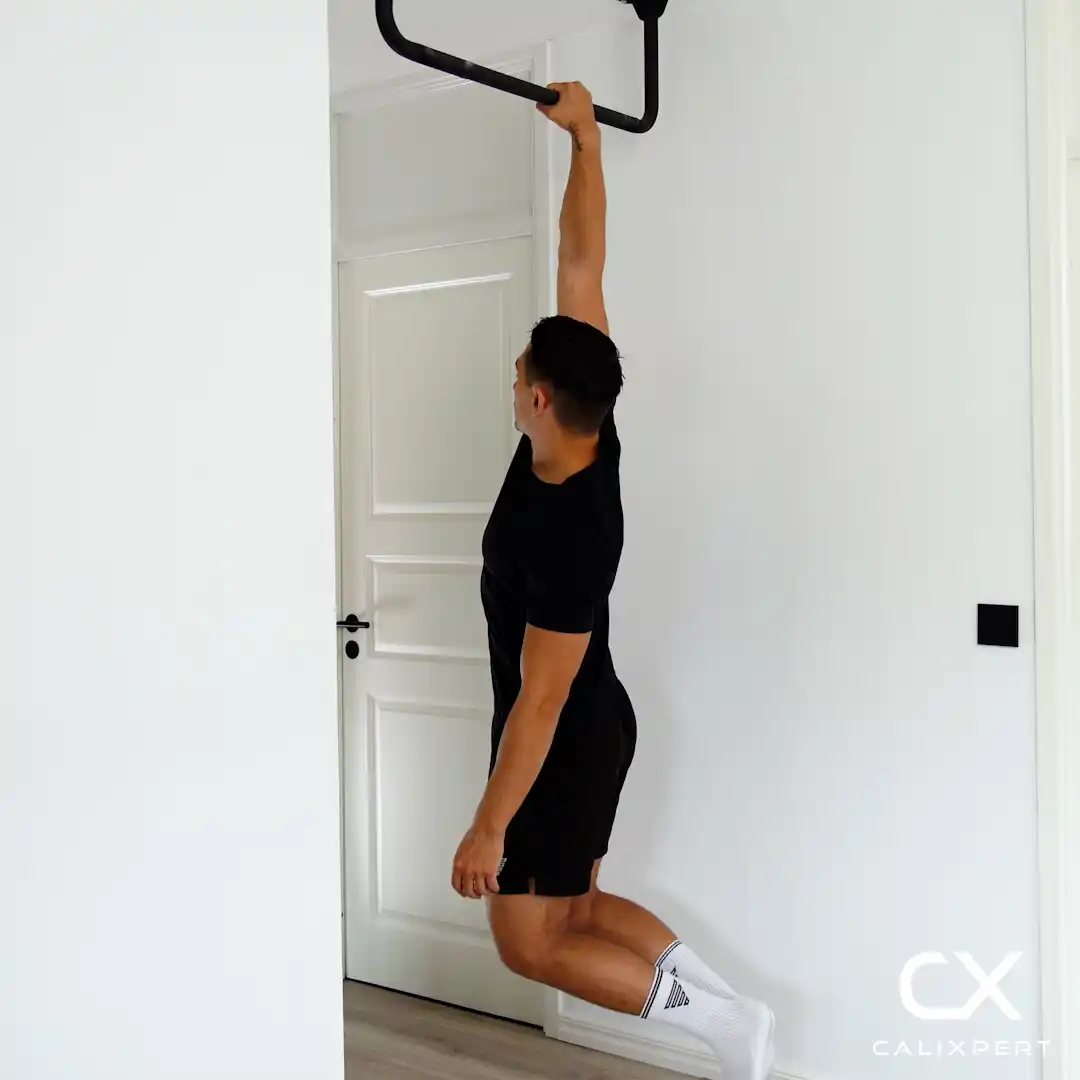
.webp)
.webp)
.webp)
.webp)
.webp)
.webp)
.webp)
.webp)
.webp)
.webp)
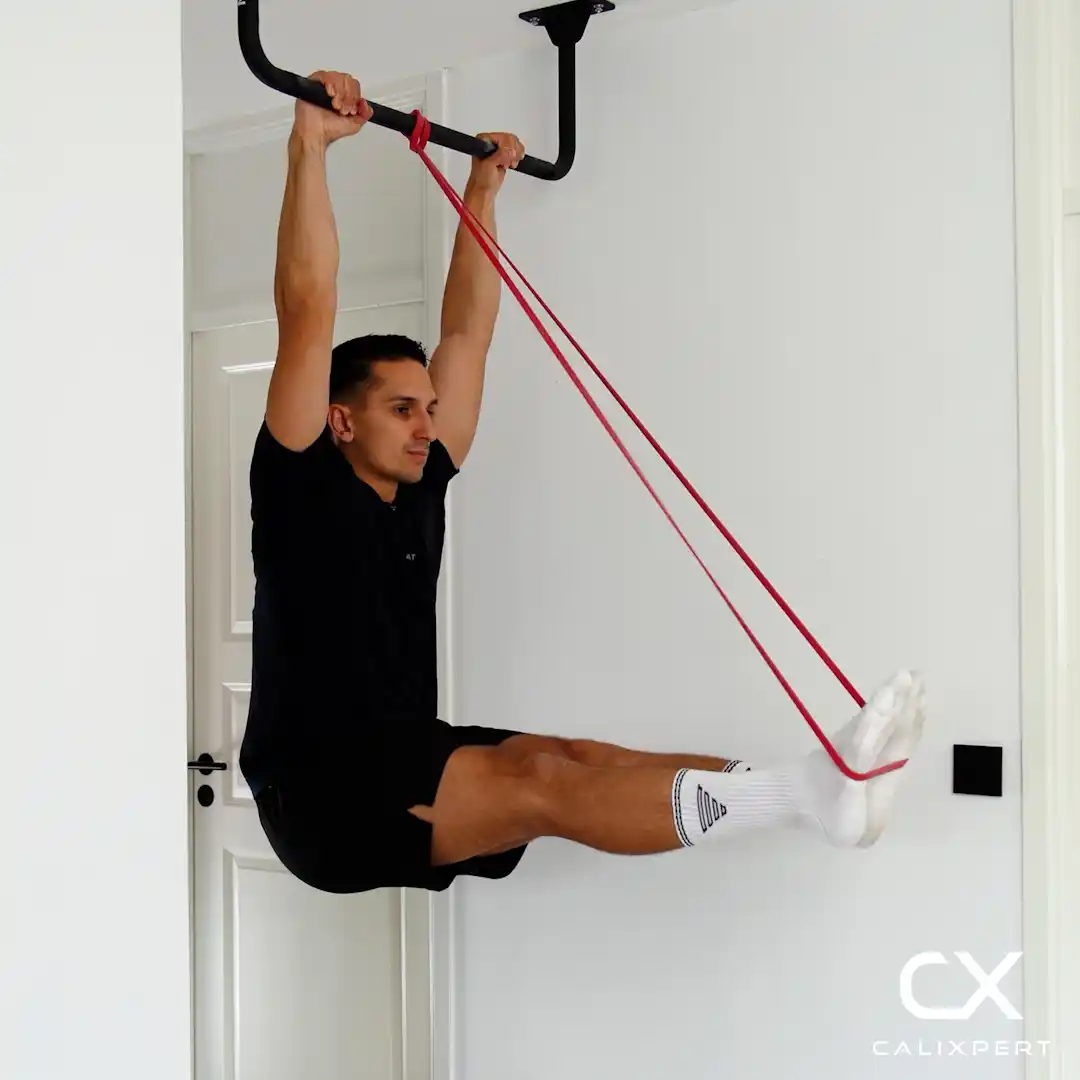
.webp)
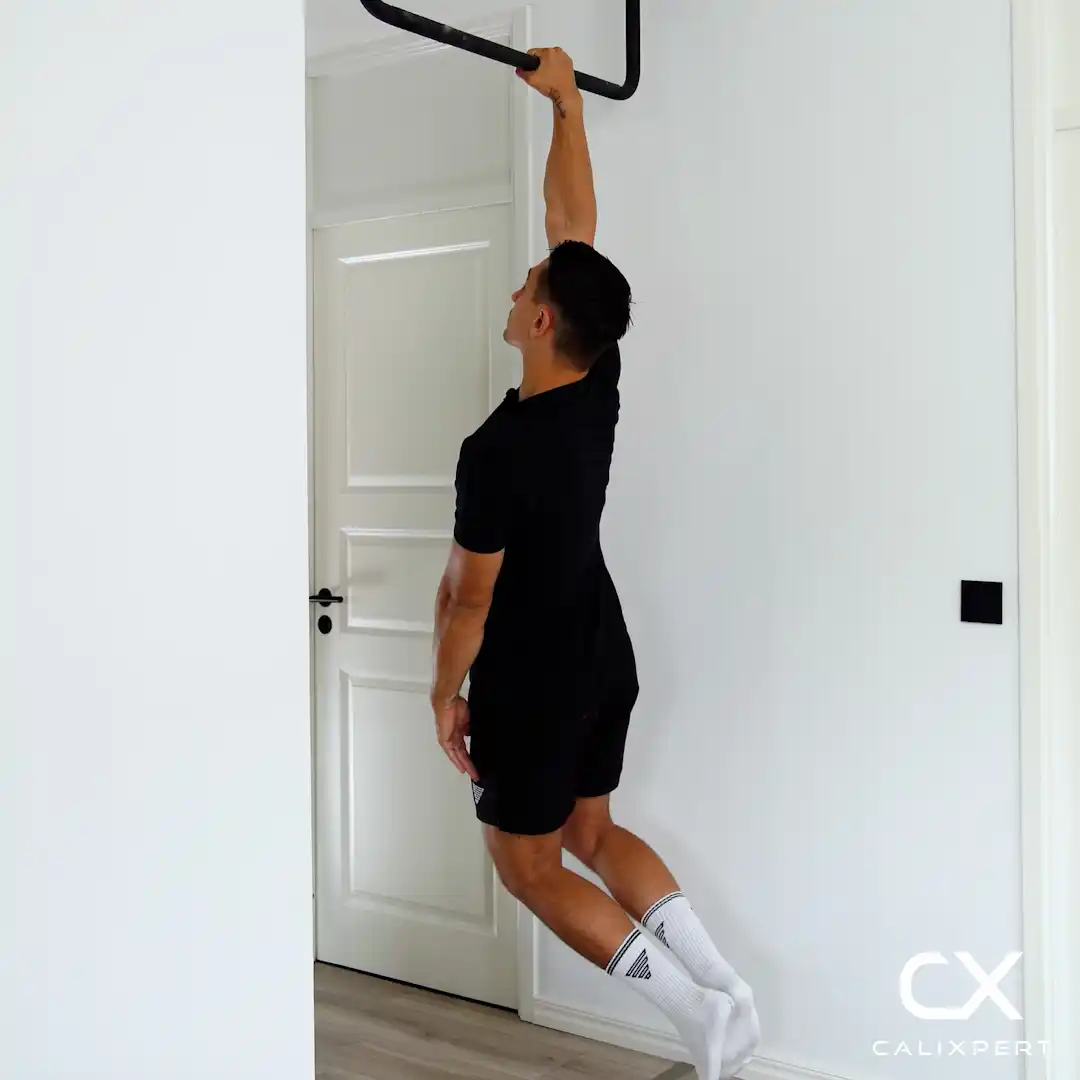
.webp)
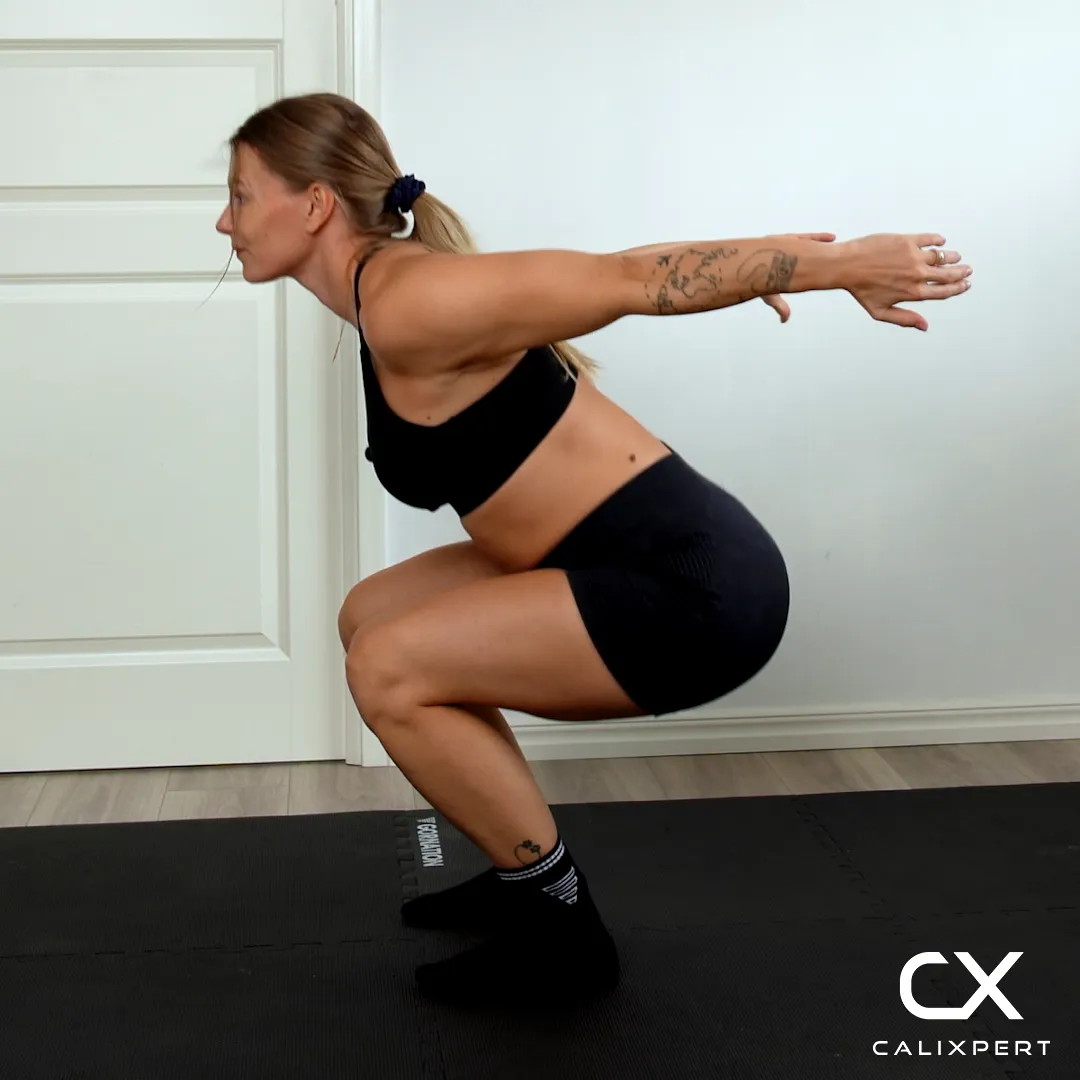










%20(1).webp)









.webp)

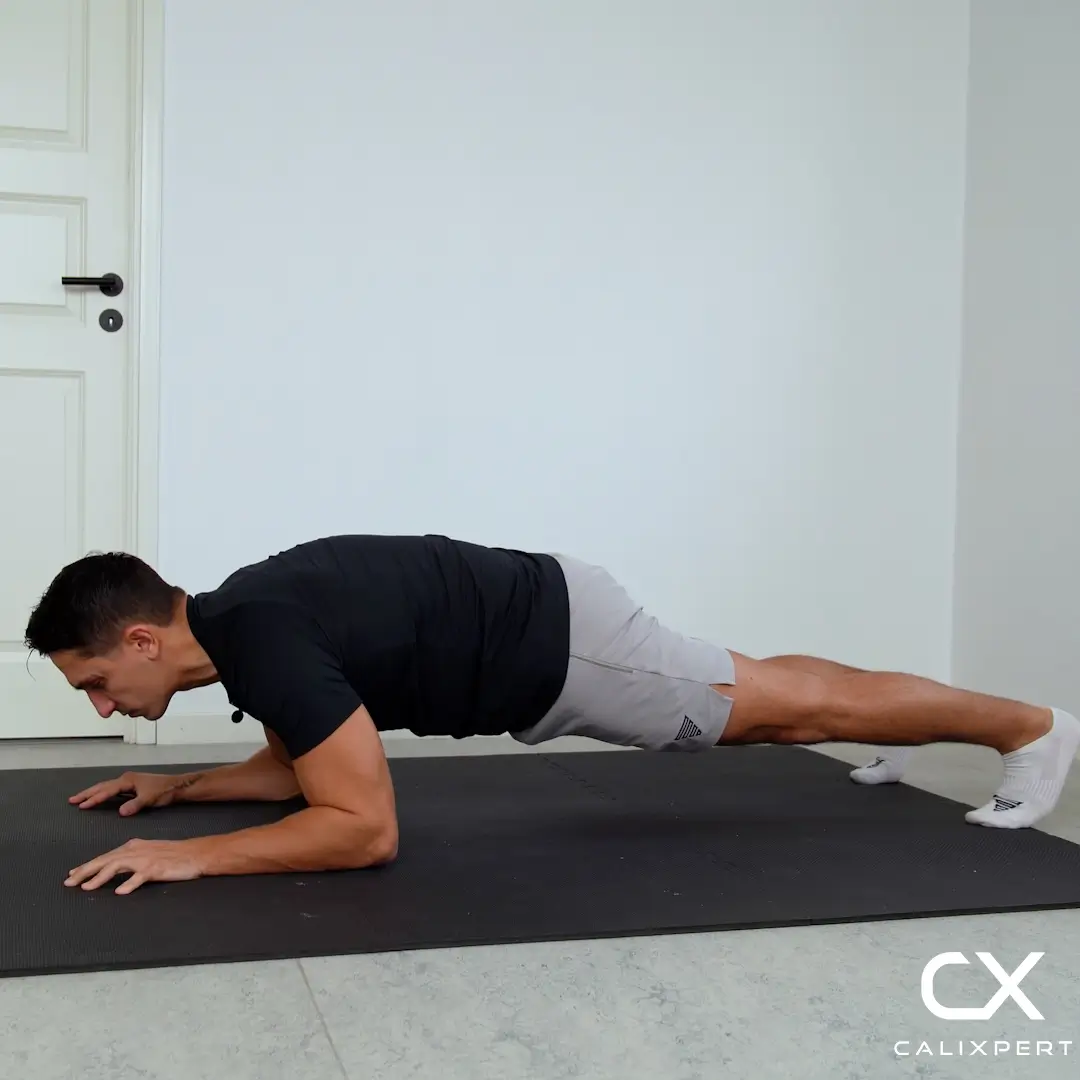





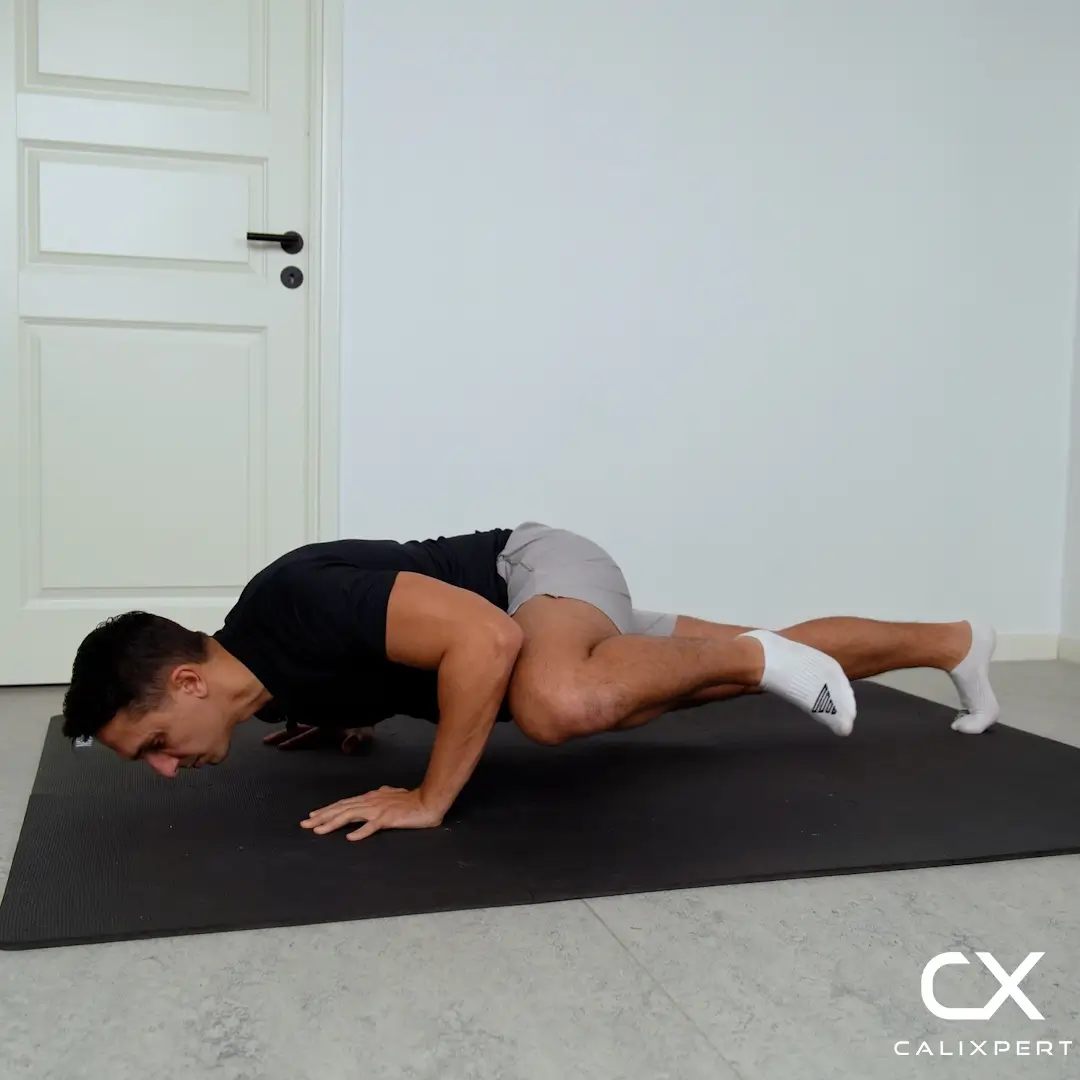

.webp)

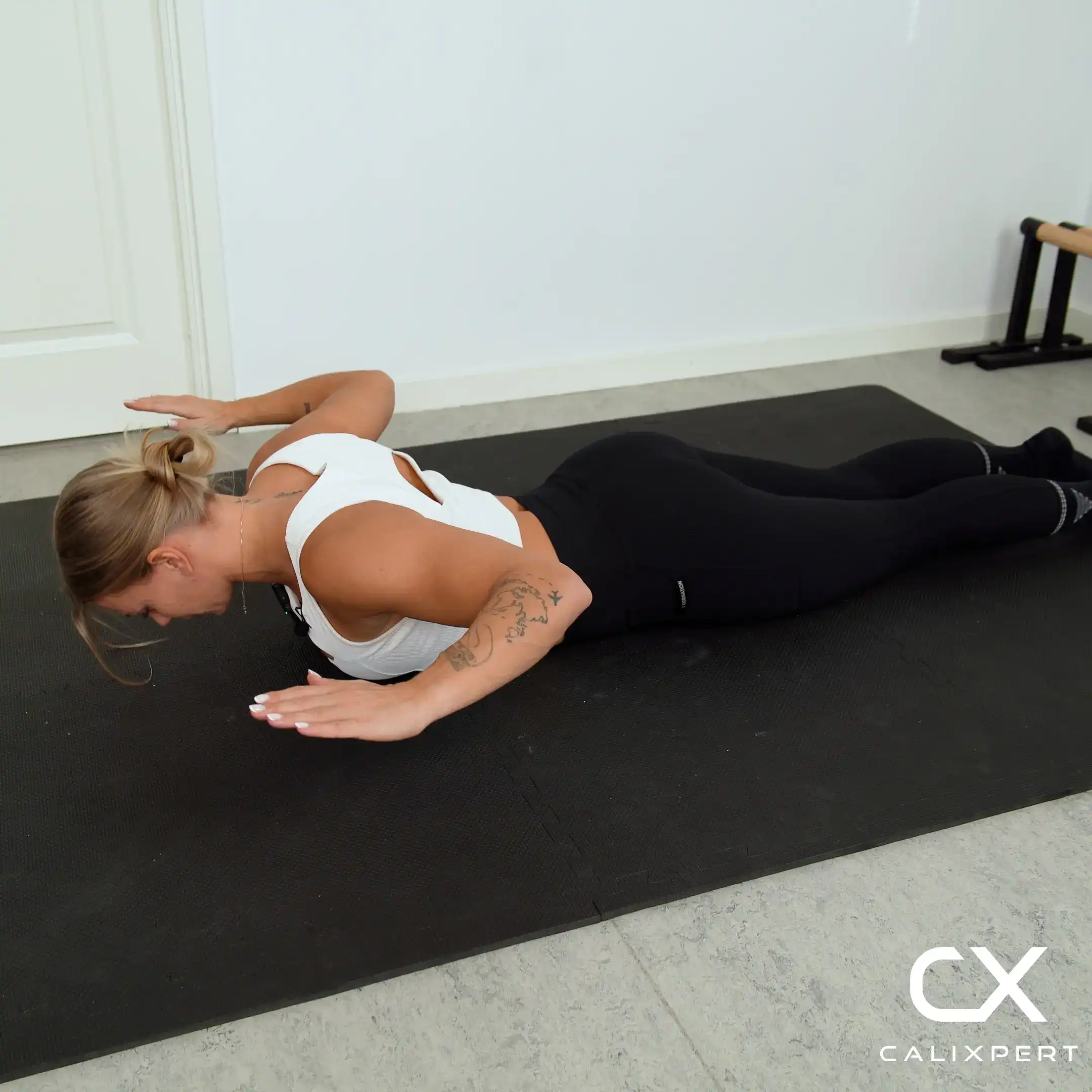

.webp)
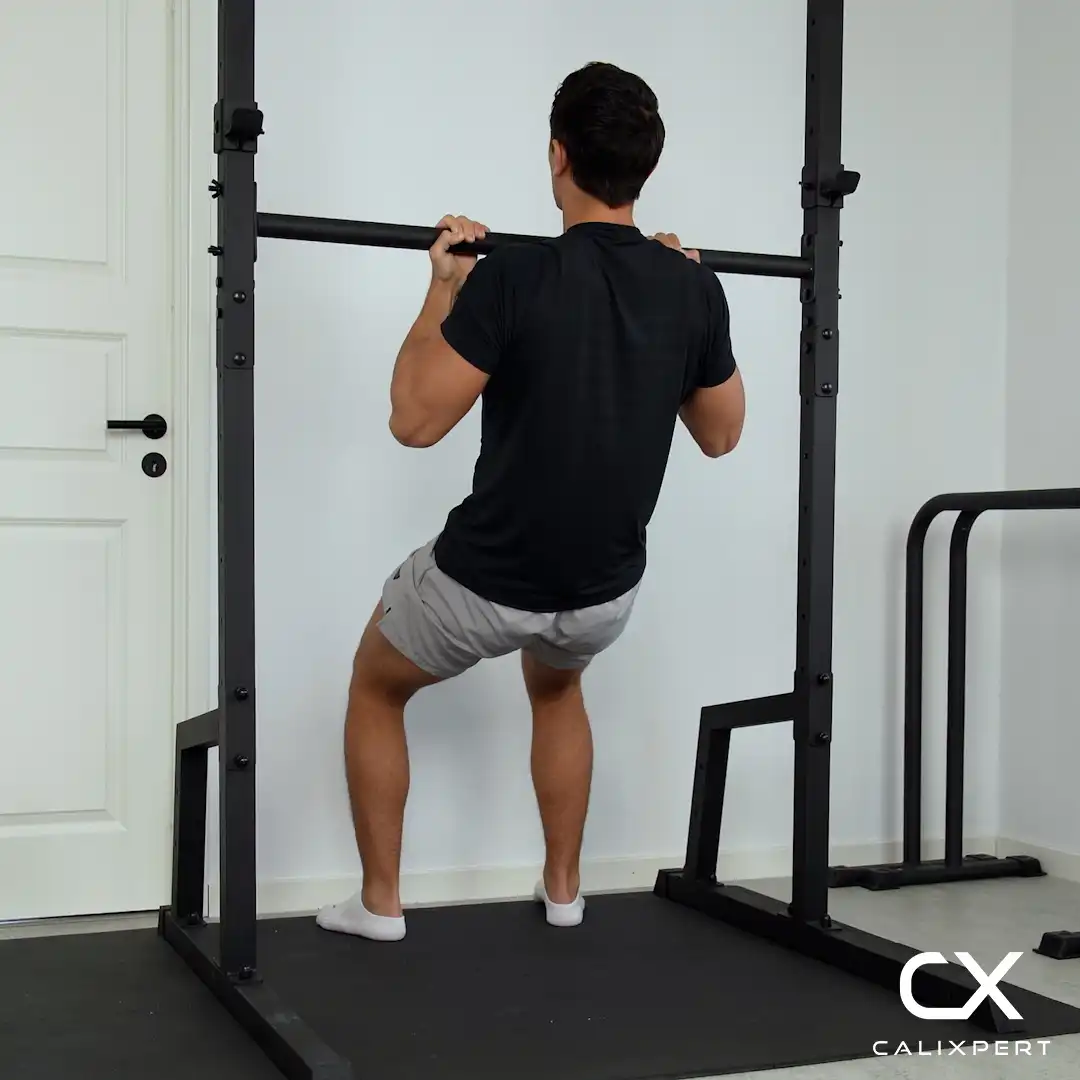



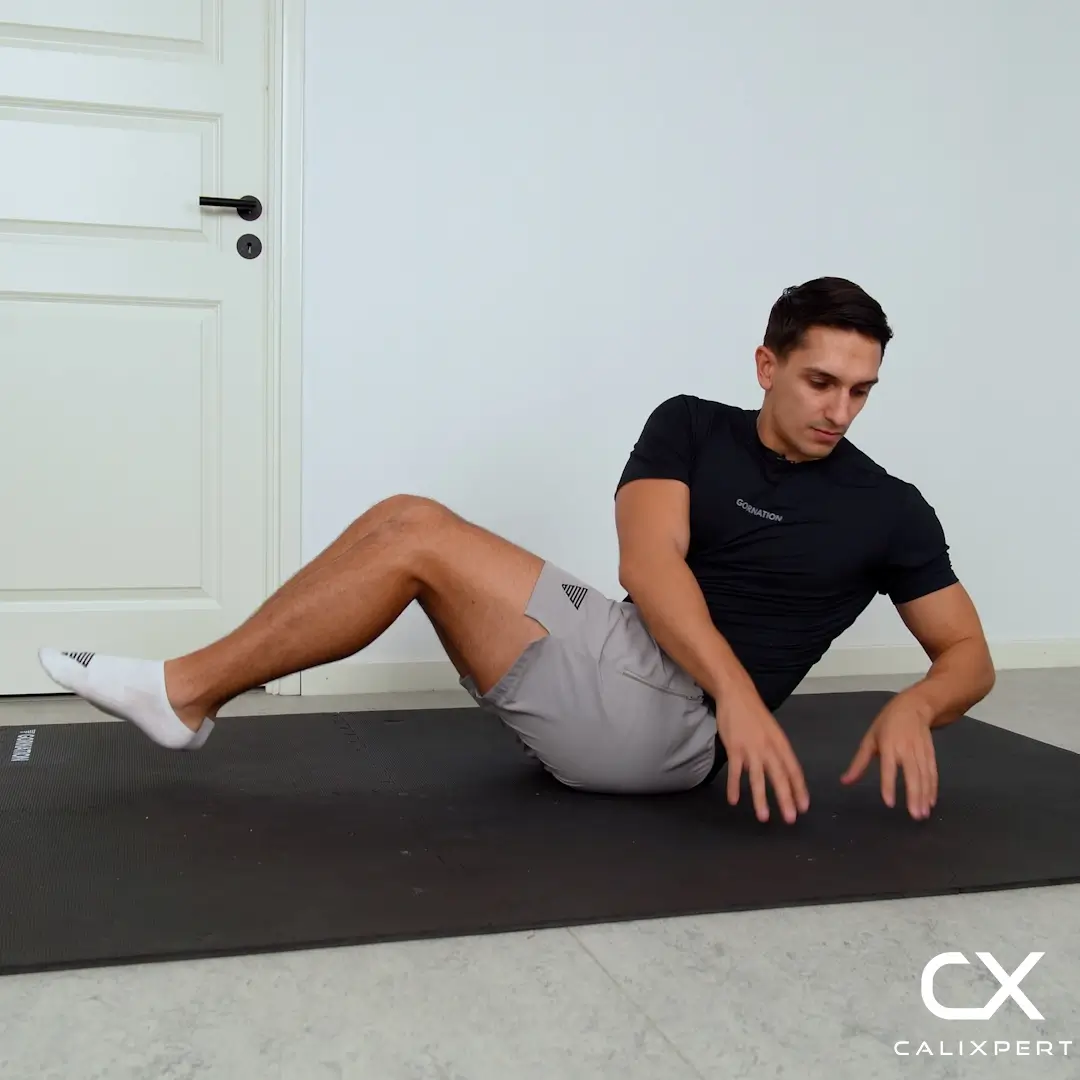


.webp)



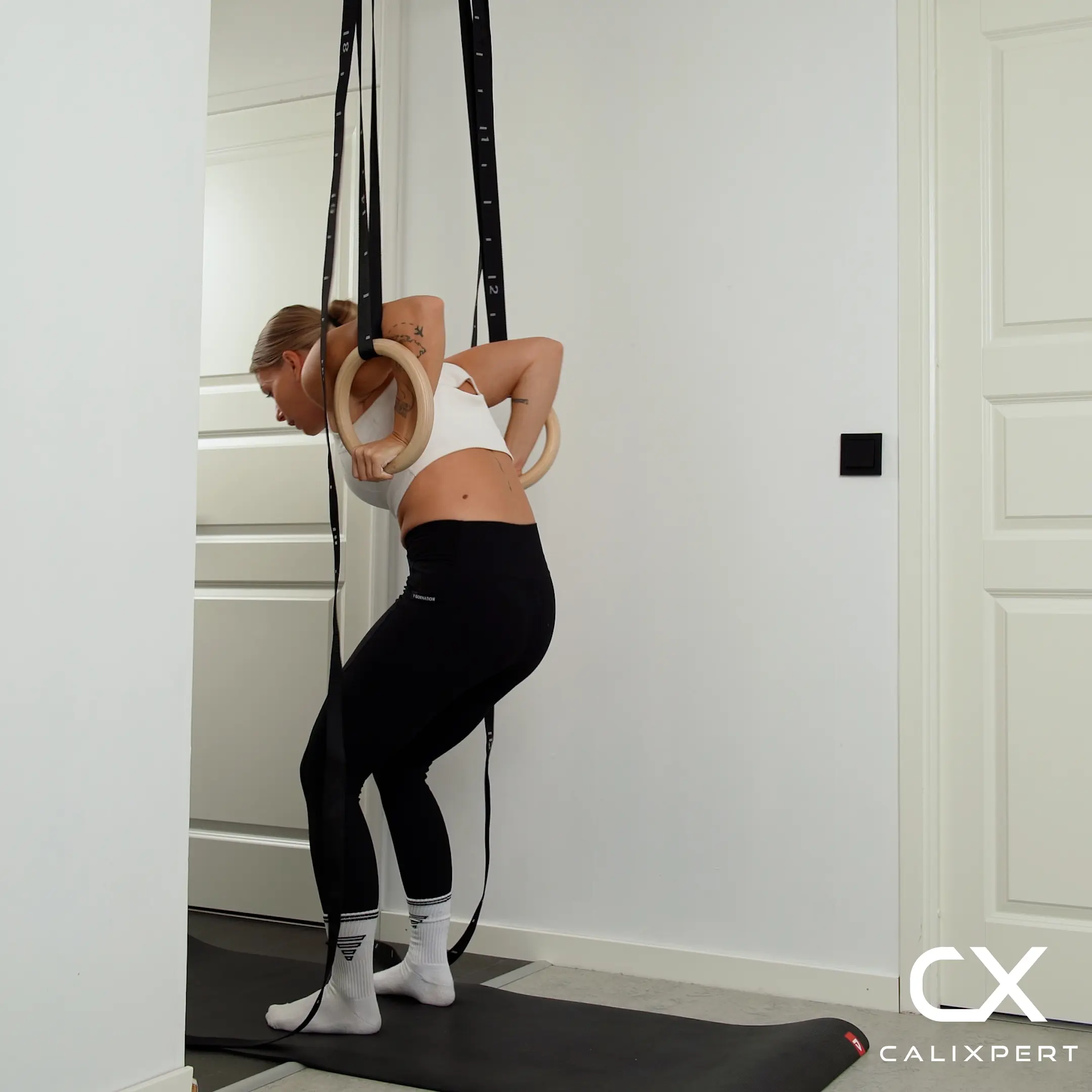



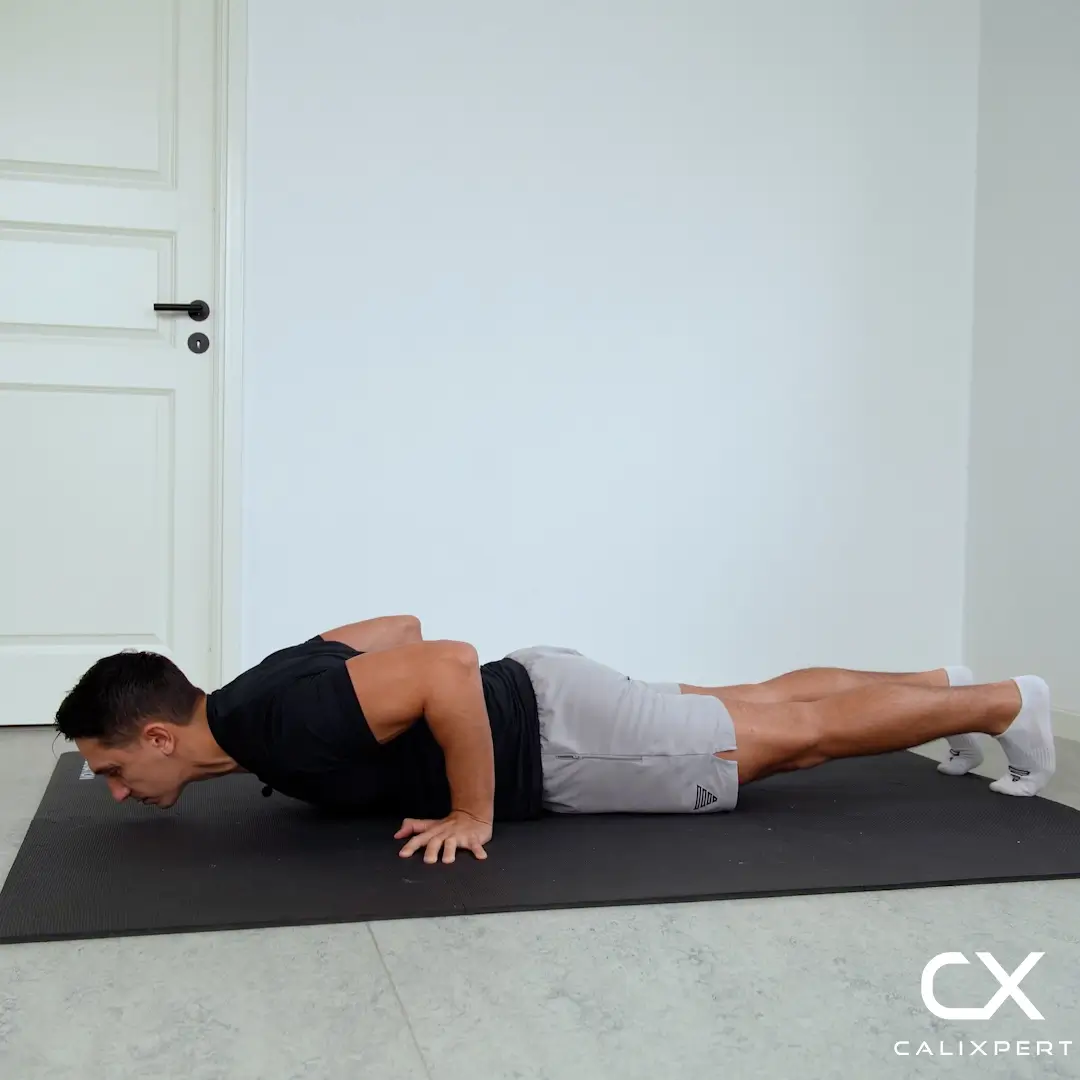





.webp)



.webp)